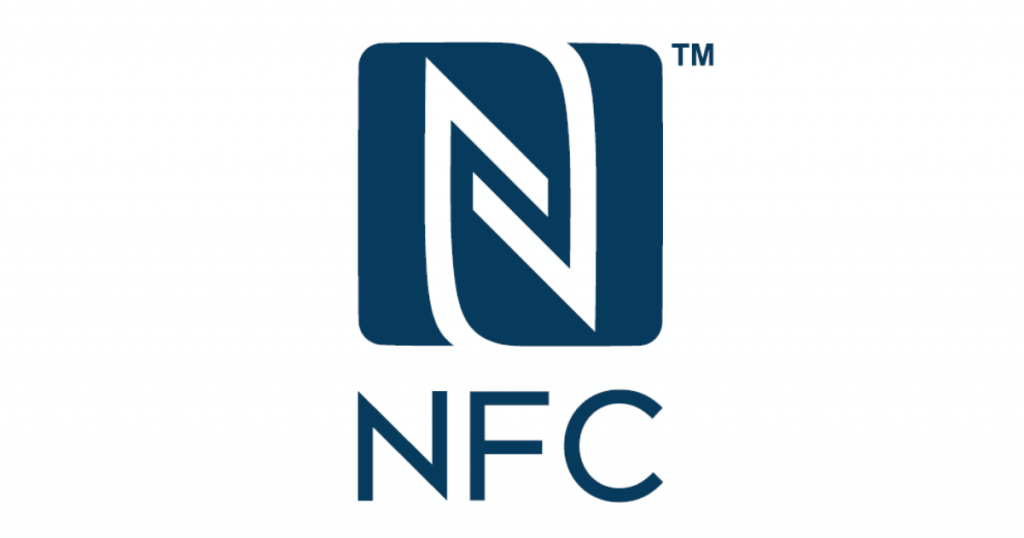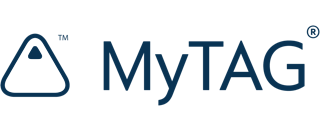Most people are familiar with QR codes as they are commonly used, highly visible, easy to scan and low in cost. They are useful for many low risk applications, but they are not secure and can easily be copied or shared, so they are typically not a good solution for applications where security, safety or anti-counterfeiting is important. QR codes have other disadvantages in that they need good lighting conditions, you need to open an App to scan and they are susceptible to being damaged by being marked, bent or scratched.
 Near Field Communication, or NFC, is a connecting technology based on RFID. Designed to transmit short strings of information (usually a URL) to an interacting phone, NFC tags require no internal power and usually take the form of a sticker or ID card. While their appearance may seem unimpressive, their power comes from simplicity because they can be used where other technologies cannot.
Near Field Communication, or NFC, is a connecting technology based on RFID. Designed to transmit short strings of information (usually a URL) to an interacting phone, NFC tags require no internal power and usually take the form of a sticker or ID card. While their appearance may seem unimpressive, their power comes from simplicity because they can be used where other technologies cannot.
What you need to know:
- NFC tags are passive yet powerful
- They transmit information wirelessly
- They have approximately a 1″ read range
- They do not require a battery
- Trusted tags cannot be copied or cloned
- Content can be updated via secure platforms
- Compatible with most Android devices and newer iOS ones, without an App.
Even though NFC is a relatively new technology it has seen rapid adoption across the smartphone industry because of its many advantages. Users often see the technology as desirable when compared to QR codes, with NFC-enabled products becoming highly sought after.
Because NFC tags include a secure element to thwart duplication, they enable product or ID authentication and the ability to serve exclusive content when combined with MyTAG proprietary software. This functionality is simply not possible with QR codes.
Finally because NFC tags can be embedded, they are a highly effective way to deploy engaging experiences throughout the entire customer journey. Brands can engage customers after the deployment with value-add content and gain customer feedback to inform better product engagement. The added power of NFC means the technology works best when embedded into partner solutions – creating an authentic connection between service and user. This connection can be leveraged throughout the entire customer or user journey, from pre-registration, authentication and added service and benefits.
